Figures & data
Figure 1. The system setup (a) and algorithm (b) of Semi-Automated Multi-Endpoint ROS Activity Analyzer (SAMERA).
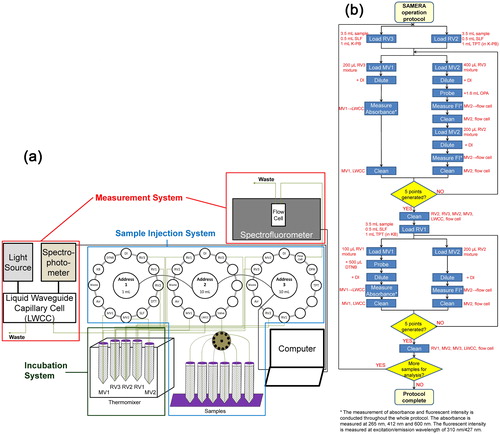
Figure 2. OP as a function of the concentration of positive controls: (a) OPAA-SLF vs. Cu(II) concentrations; (b) OPGSH-SLF vs. Cu(II) concentrations; (c) OPOH-SLF vs. Fe(II) concentrations; (d) OPDTT vs. PQ concentrations; (e) OPOH-DTT vs. 5-H-1,4-NQ concentrations. The error bars represent the standard deviation of triplicate OP analysis.
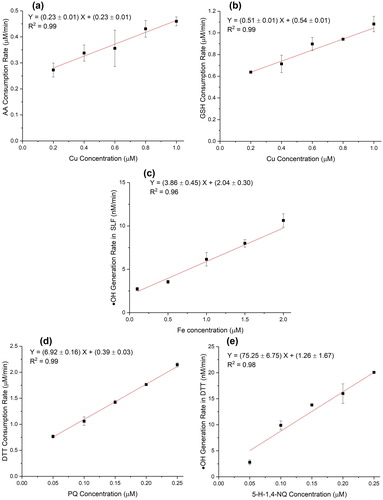
Figure 3. Comparison of manual operation (X axis) and automated system (Y axis) using four positive controls: (a) OPAA-SLF of Cu(II); (b) OPGSH-SLF of Cu(II); (c) OPOH-SLF of Fe(II); (d) OPDTT of PQ; (e) OPOH-DTT of 5-H-1,4-NQ. The error bars on X and Y axes denote the standard deviation of triplicate OP analysis by both manual operation and automated system, respectively. The identity line is plotted as the dotted line.
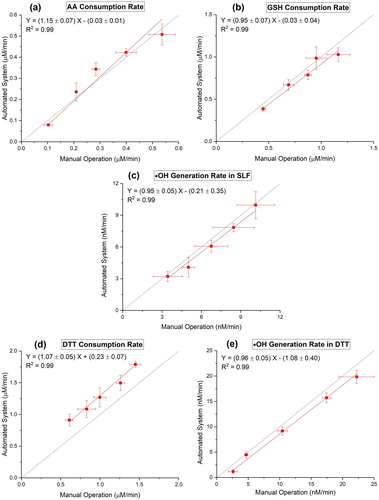
Figure 4. Comparison of manual operation (X axis) and automated system (Y axis) using ambient Hi-Vol filter samples (N = 9): (a) OPAA-SLF; (b) OPGSH-SLF; (c) OPOH-SLF; (d) OPDTT; (e) OPOH-DTT. The identity line is plotted as the dotted line.
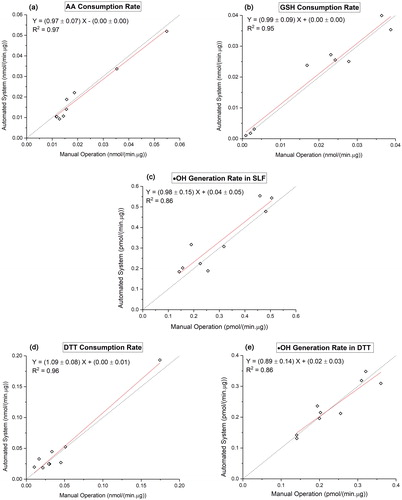
Table 1. The average blank levels and LOD of SAMERA for five OP endpoints as measured from both DI blanks and field blank filters.
Table 2. Precision of SAMERA as obtained by multiple (N = 10) measurements of various standard chemicals.
Table 3. Precision of SAMERA as obtained by multiple (N = 10) measurements of an ambient PM2.5 sample.
Figure 5. Mass and volume normalized OP of ambient PM2.5 using the Hi-Vol samples collected from five sites in the Midwest US (N = 44): (a) OPAA-SLF; (b) OPGSH-SLF; (c) OPOH-SLF; (d) OPDTT; (e) OPOH-DTT. Mass-normalized (OPm) and volume-normalized (OPv) of all samples are denoted by hollow and solid circles, respectively.
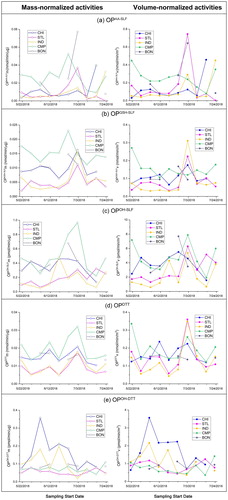
Table 4. Comparison of ambient PM2.5 OP obtained from SAMERA with those reported in the literatures.
